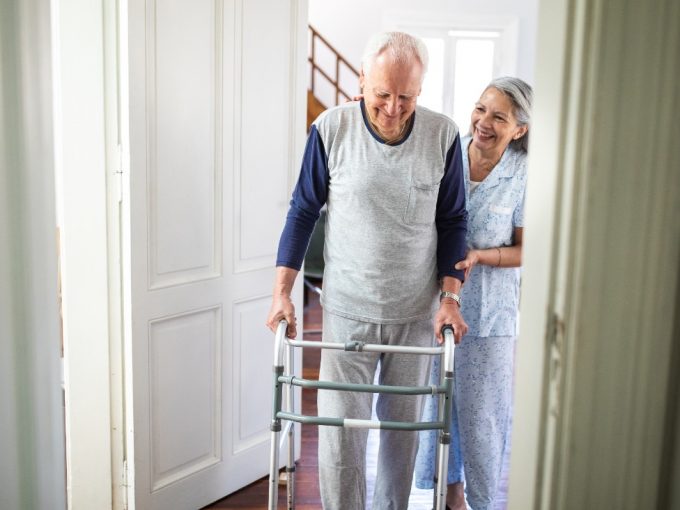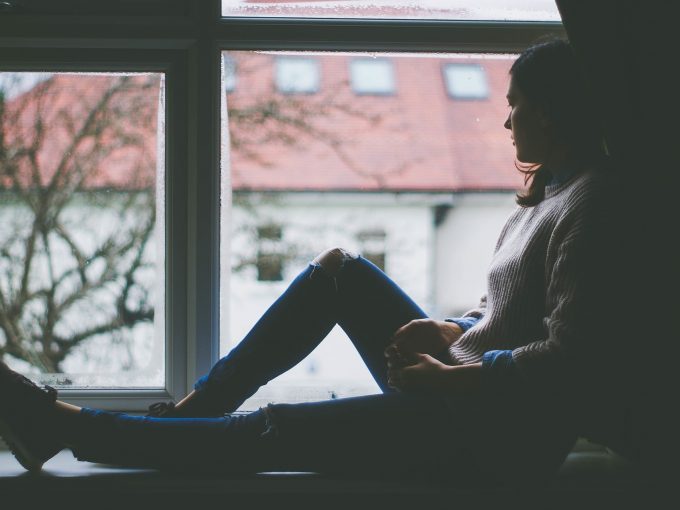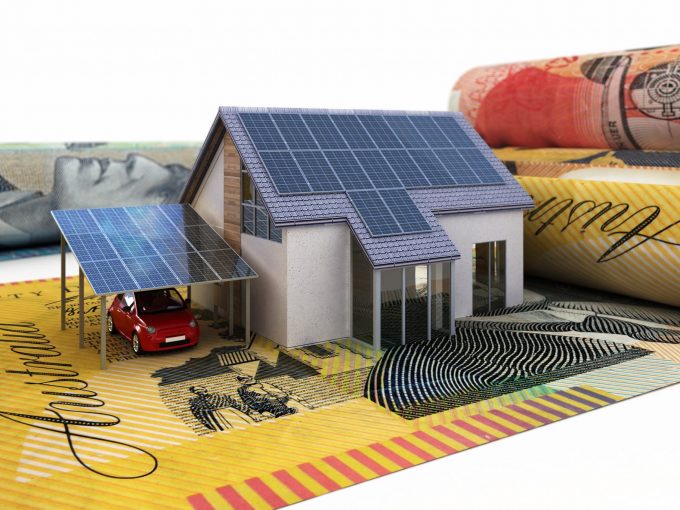This panel and exhibition event brought together leading researchers from different international contexts to examine the experiences and struggles of home, care and belonging under conditions of displacement and racial banishment.
In a time of acute housing crisis, belonging, home and care have never been more present. Urban renewal projects are imagined as solutions yet cause displacement of lives and livelihoods. As people struggle to maintain home, community and belonging, a disjuncture emerges between state imaginaries of urban renewal and community concepts of care and belonging grounded in place. Who is renewal really for and whose imaginaries of belonging and home are at work?
David Kelly addresses contemporary public housing policy in Melbourne and its role in processes of racial banishment. Farhana Akther brings a view from Dhaka, Bangladesh of the experiences of older women in adjusting/compromising their living after being rehoused from informal settlements into large government housing projects. And Maryam Fanni speaks from the Swedish context where the aesthetics of urban renewal can be read as a certain kind of nostalgia promoting white imaginaries in post-war suburbs.
This event took place on 16 November 2023, you can watch the full discussion below.
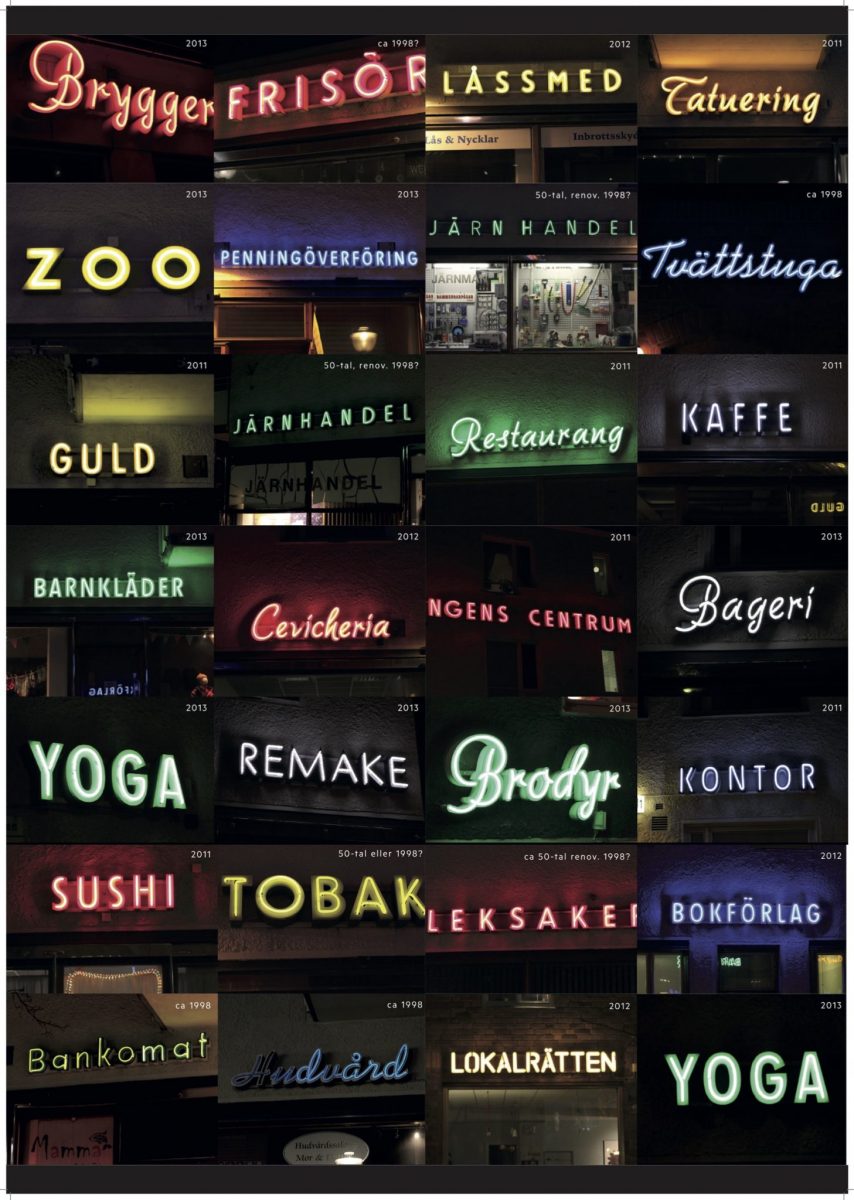
The neon-like LED-signage is imposed on the shopkeepers by the property owner Stockholmshem as part of a renovation in 1998 and later their urban renewal project in 2011–2014 aiming to “enhance the sense of the 50s”.
Photo: Maryam Fanni

The local discount store MatDax in Hökarängen attracts customers from all around the city. As much as the discount posters make a visual impression on the site, they have never been archived for the future until now, as they are being collected for the citizen-driven local archive.
Photo: Maryam Fanni
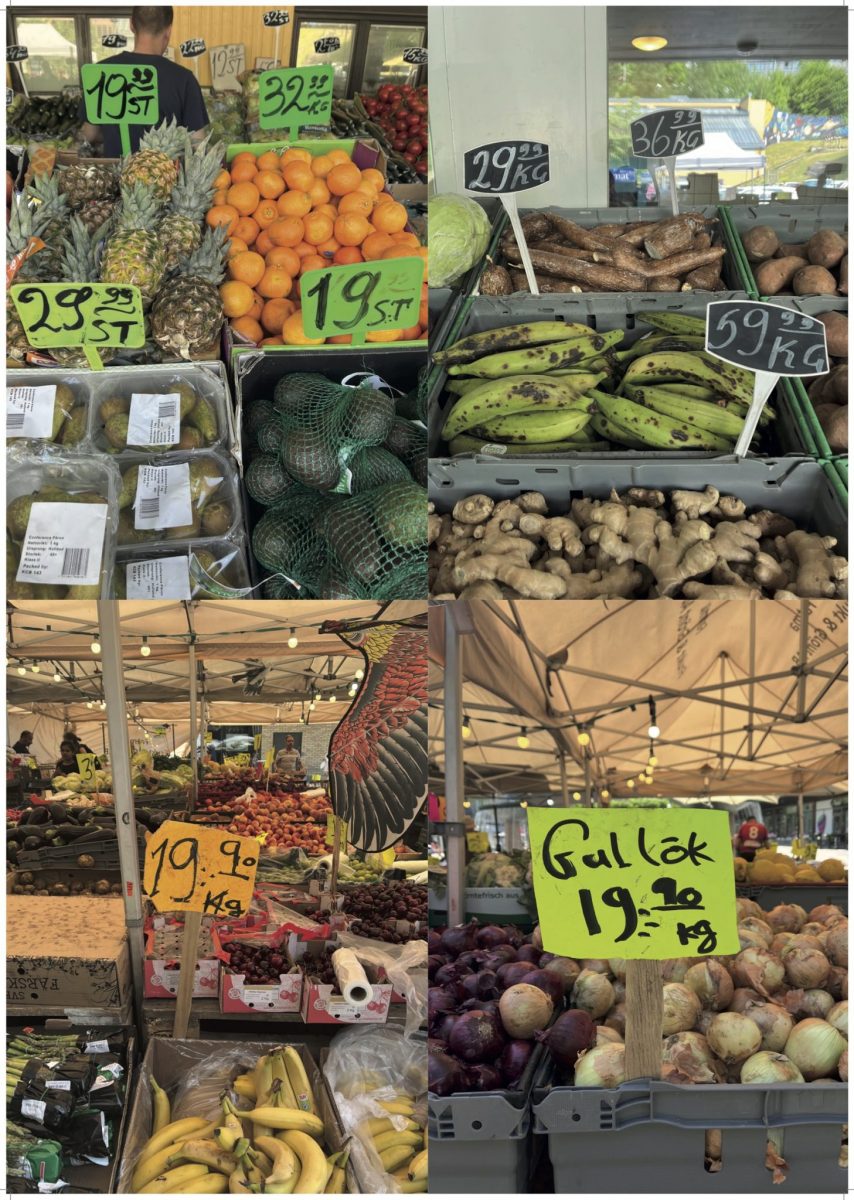
The handwritten price tags you find at the open-air green markets in the city’s suburbs – usually with an accent in handwriting typical for Arabic script natives – can they be claimed cultural heritage? The market, and even the handwriting itself, can for some provide a sense of belonging.
Photo: Maryam Fanni
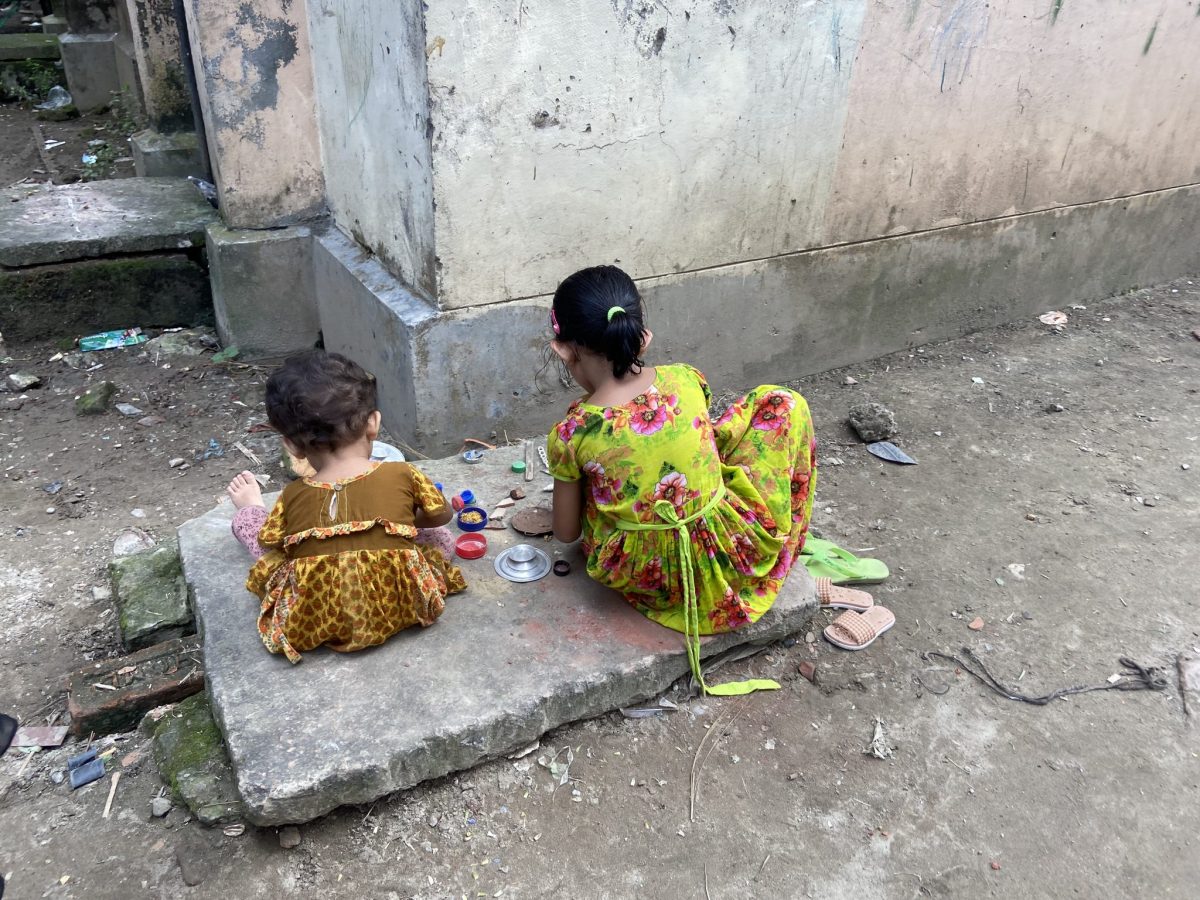
Kids are playing on top of a septic tank cover because of the absence of a playground/park for the children at the Bhasantek Rehabilitation Project (BRP)area. Though there was provision of two playgrounds as per the master plan of the BRP project in 2010, the public authority failed to ensure in the last 13 years.
Photo: Farhana Akther

Women cooking with wood fuel inside the home due to the absence of a gas supply in the BRP project. The authority failed to ensure fuel supply; cylinder gas is beyond their affordability, so women arranged alternatives to manage cooking in this rehabilitation project.
Photo: Farhana Akther
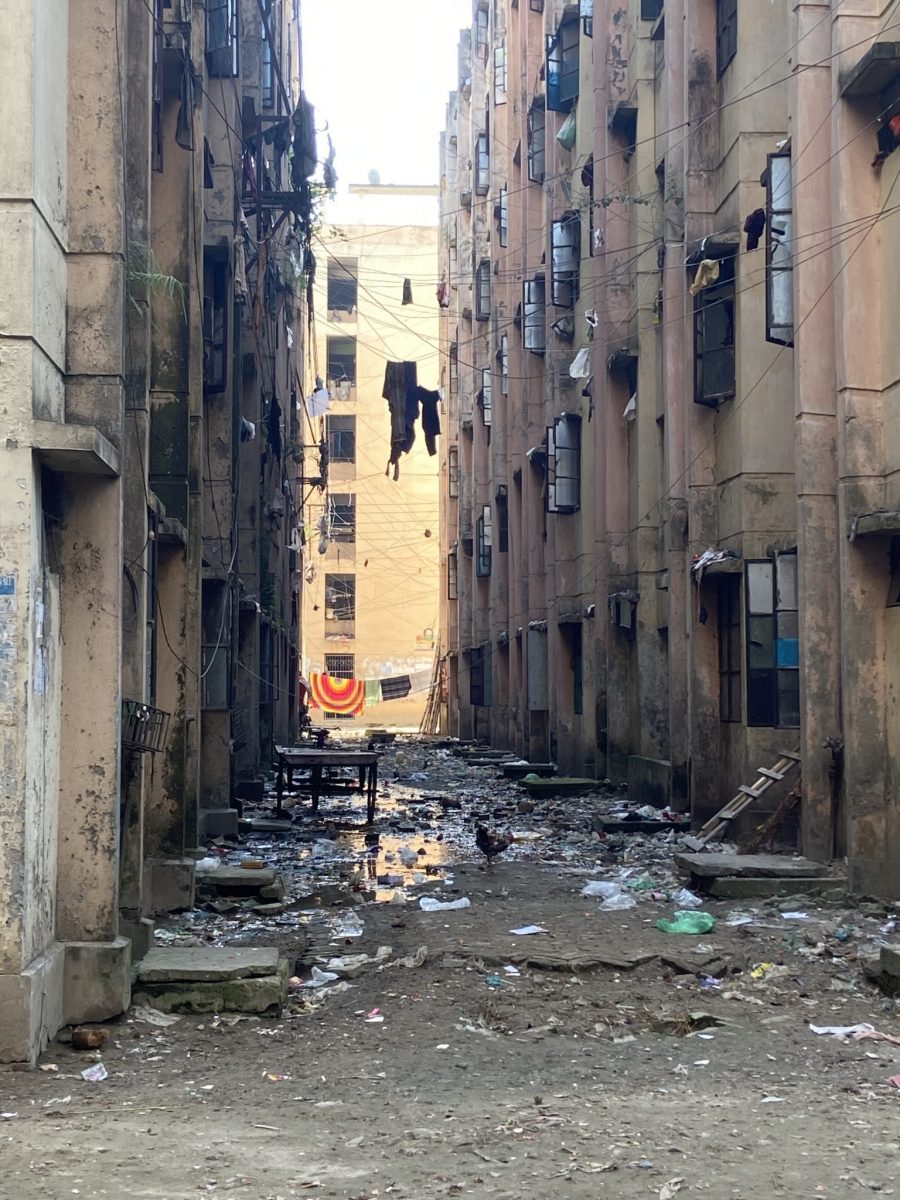
The condition between the two buildings of the BRP project shows the miserable condition of the waste management system in this project and the unhealthy environment for the residents at this site.
Photo: Farhana Akther
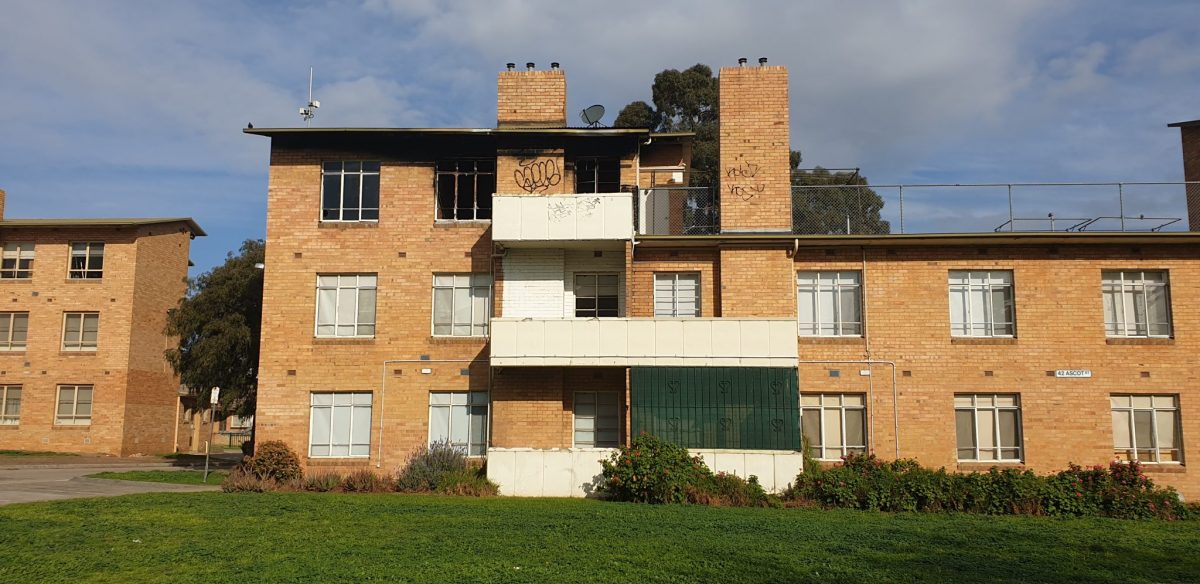
Public housing three-story walk-up building, vacant due to fire. As the building sits empty, scheduled for renewal sometime in the next 20 years, a not-for-profit architectural design lab (Office) produced a feasibility study for its refurbishment. Without acknowledgement, the government refurbish the building a few months later using Office’s design.
Photo: David Kelly
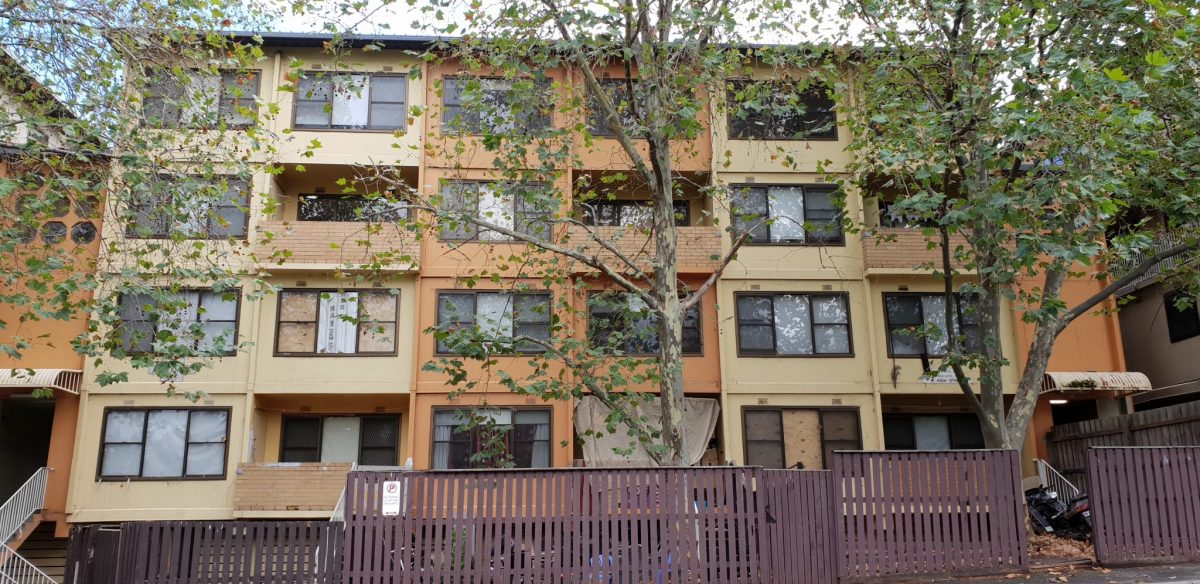
Public housing four-story walk-up building, partially empty awaiting demolition. Located on the banks of the idyllic Merri Creek, the estate was one of the first to be decanted and demolished during the latest wave of public housing redevelopment. Around 87 households were forcibly displaced to make way for predominantly private market housing.
Photo: David Kelly
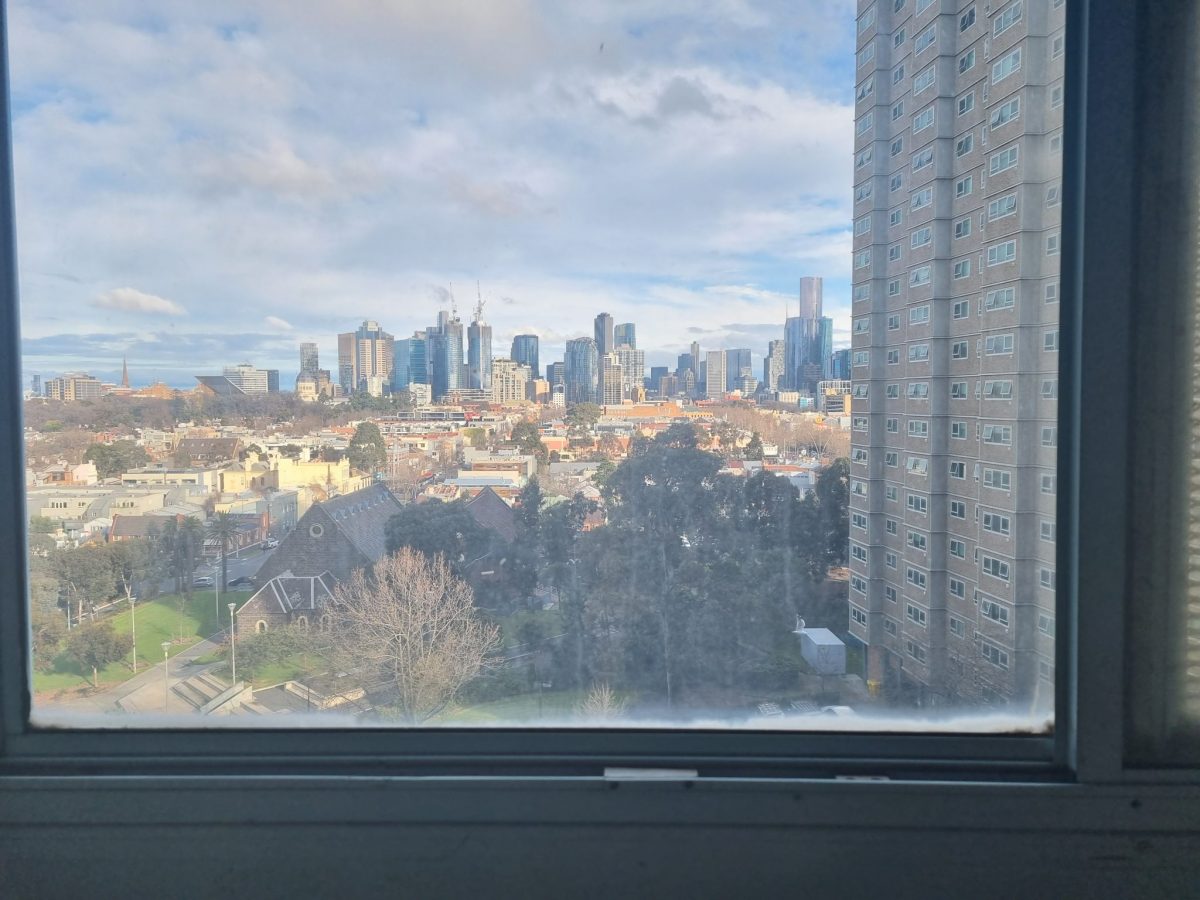
View of Melbourne city from the corridor of the hyper-visible Carlton public housing estate. Home to families predominantly from Horn of Africa countries, many with refugee backgrounds, the estate was last redeveloped in 2013 and is now scheduled for immanent demolition.
Photo: David Kelly
